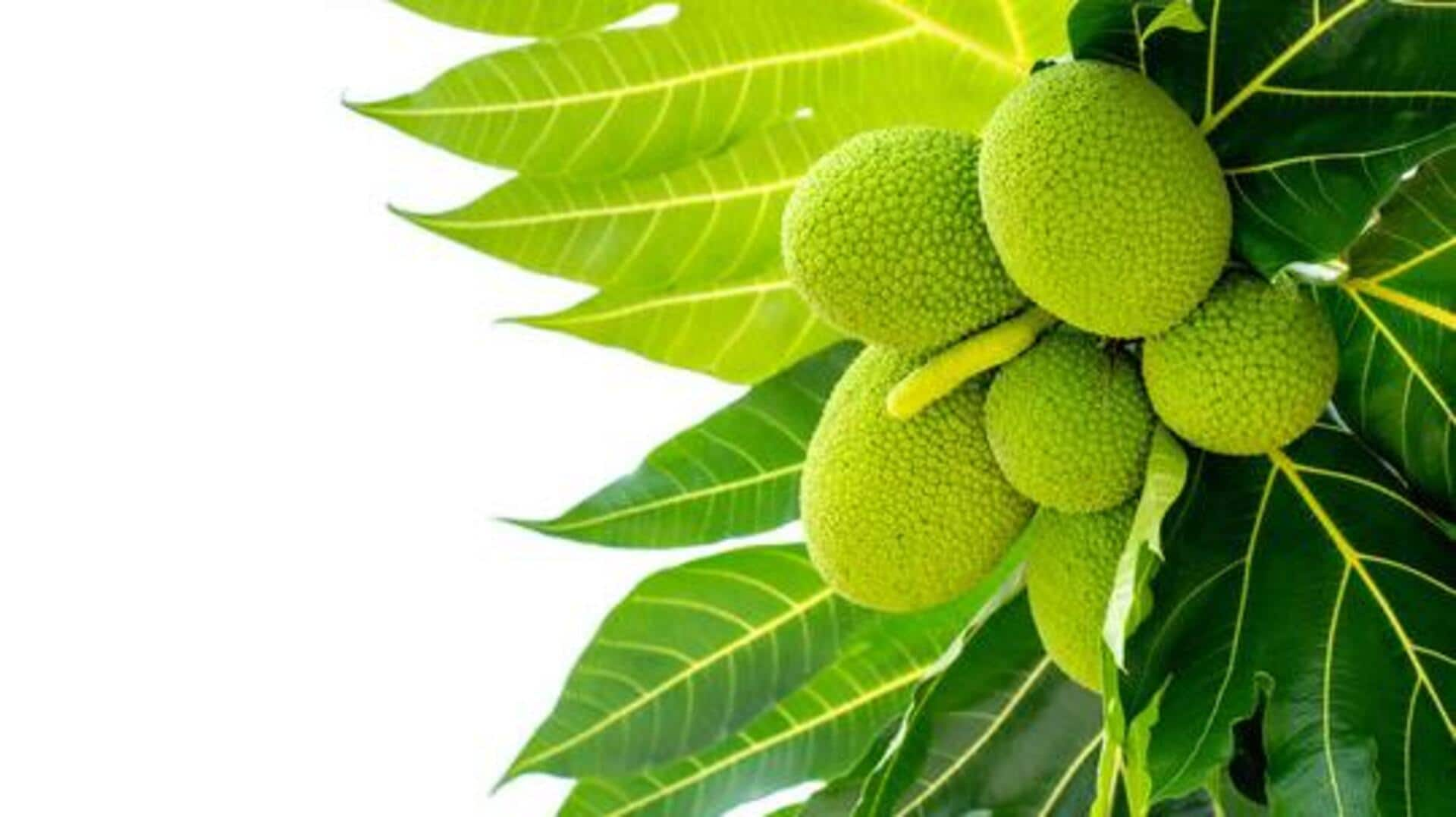
Breadfruit: A superfood worth trying
What's the story
African breadfruit is making waves as a sustainable superfood, thanks to its nutritional benefits and environmental impact. The versatile fruit can be used in various dishes and is a great source of essential nutrients. As more people look for eco-friendly food options, African breadfruit is emerging as a promising solution. Its cultivation requires fewer resources than other crops, making it an attractive option for sustainable agriculture.
#1
Nutritional benefits of African breadfruit
African breadfruit is packed with vitamins and minerals that promote good health. It is a rich source of vitamin C, which boosts immunity and aids in collagen production. The fruit also contains potassium, which is important for heart health and muscle function. Additionally, it provides dietary fiber that helps with digestion and keeps blood sugar levels in check. The nutrient profile makes it a great addition to any balanced diet.
#2
Environmental impact of cultivation
The cultivation of African breadfruit has a relatively low environmental impact compared to other crops. It thrives in poor soil conditions and needs less water, making it ideal for regions prone to drought. Its ability to grow without heavy reliance on fertilizers or pesticides also contributes to soil health and biodiversity. By promoting the growth of this fruit, farmers can contribute to more sustainable agricultural practices.
#3
Economic opportunities for communities
Growing African breadfruit opens up new economic opportunities for local communities. It can be processed into different products such as flour or snacks, which can be sold in local and international markets. This not only boosts income but also creates jobs in processing and distribution sectors. By investing in the cultivation and processing of this superfood, communities can achieve greater economic stability.
#4
Culinary versatility of African breadfruit
African breadfruit's culinary versatility makes it an exciting ingredient in different cuisines across the globe. When cooked, it has a texture similar to potato, making it perfect for soups, stews, or even roasted dishes. Its mild flavor allows it to absorb spices well, enhancing the overall taste profile of meals without overpowering other ingredients. This adaptability makes it a favorite among chefs looking for innovative ways to incorporate sustainable foods into their menus.